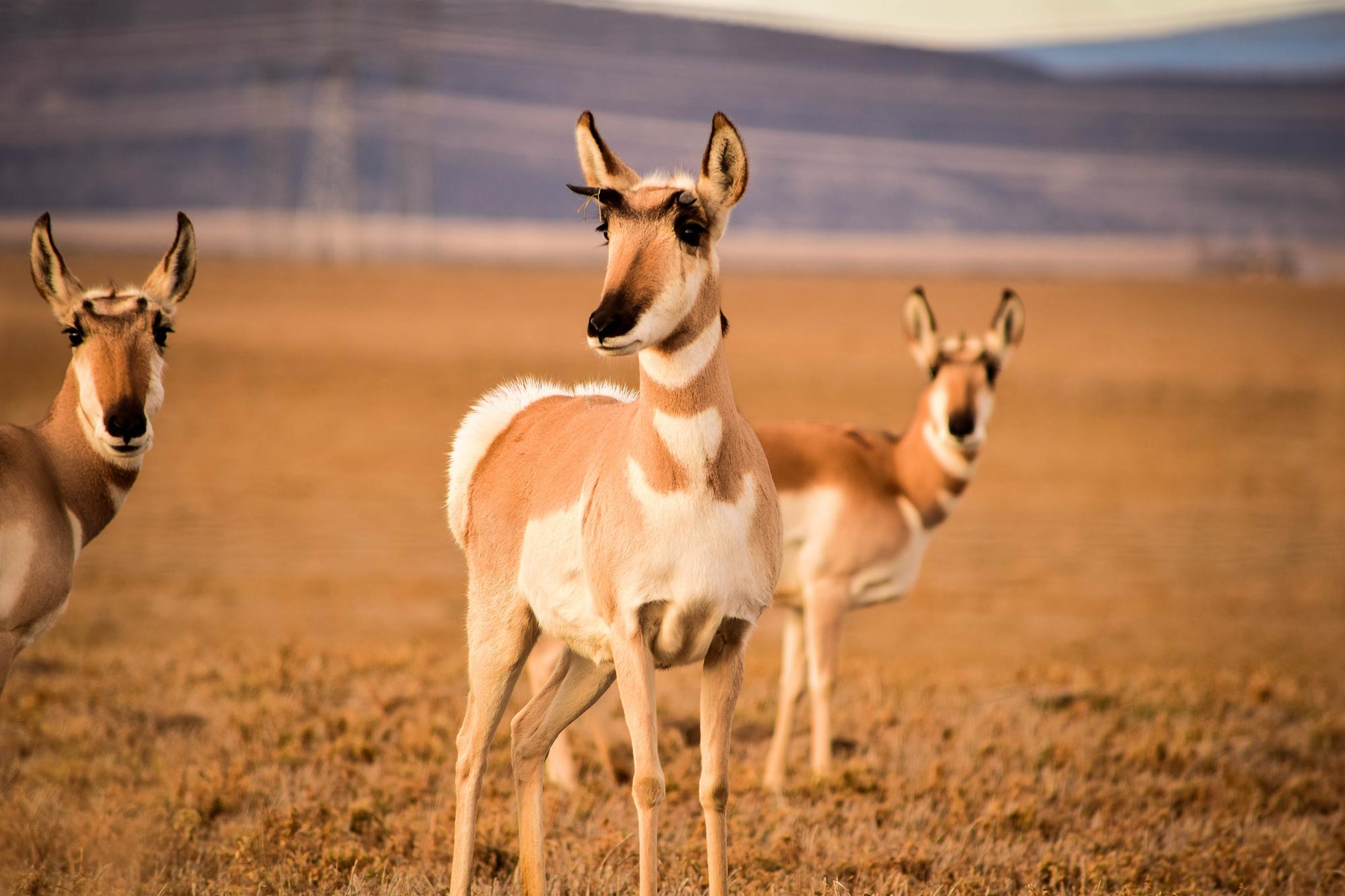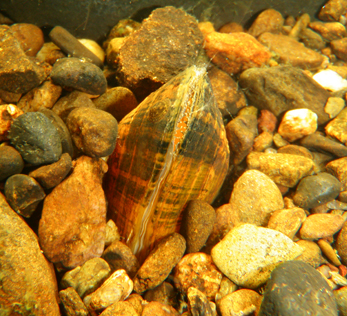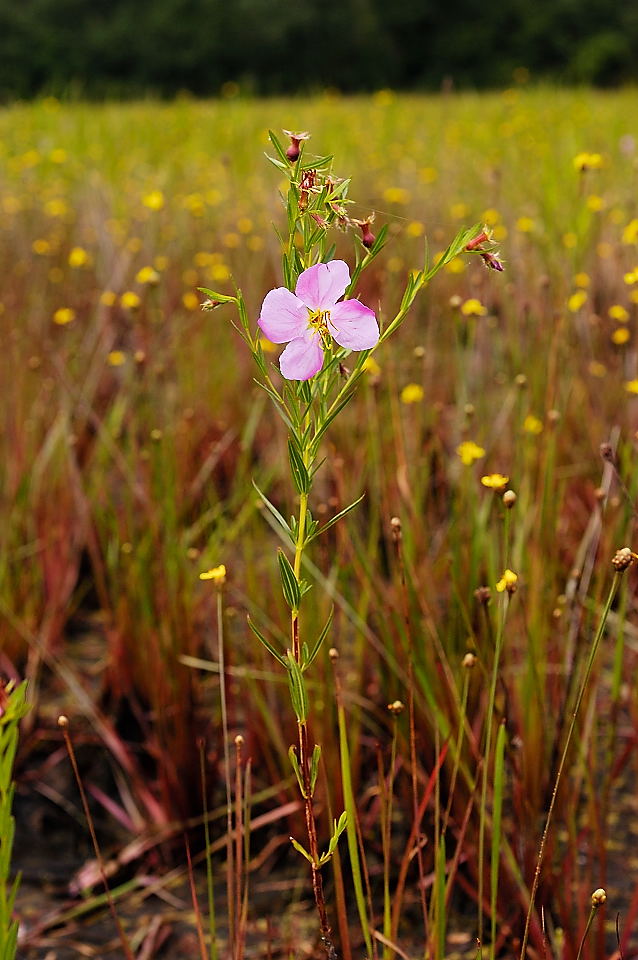 The PRONGHORN is the fastest land animal in North America, reaching speeds up to 60 miles per hour as it streaks across its grassland habitats. However, the pronghorn’s speed was not enough to save it from overhunting and the threat of extinction following development of the western United States in the 1930s. While the species has recovered since that time and is now widely hunted as a game species, safe havens like the Sheldon-Hart Mountain National Wildlife Refuges in Nevada and Oregon are among the few places where you can still see this iconic species living in large, migratory herds much as it did before European settlement.
The PRONGHORN is the fastest land animal in North America, reaching speeds up to 60 miles per hour as it streaks across its grassland habitats. However, the pronghorn’s speed was not enough to save it from overhunting and the threat of extinction following development of the western United States in the 1930s. While the species has recovered since that time and is now widely hunted as a game species, safe havens like the Sheldon-Hart Mountain National Wildlife Refuges in Nevada and Oregon are among the few places where you can still see this iconic species living in large, migratory herds much as it did before European settlement.
Managers at Sheldon-Hart grew worried about a planned transmission line that would cut across the pronghorn’s migration path, plus competition from cattle, and invasions of exotic plants not suitable for pronghorn forage. Patrick Crist, NatureServe Director of Conservation Planning, and our network member in Oregon—the Oregon Biodiversity Information Center—helped Sheldon-Hart understand the potential impacts all the way out to the year 2025, as well as the threat posed by climate change over the next 300 years. These future scenarios and our recommendations showed the Refuges how they can better conserve the fastest land animal in North America for future generations.
 FRESHWATER MUSSELS—cousins of those Brussels favorites that prefer their water sweet instead of salty—are the most endangered group of organisms known in North America. They filter our water, and are food for a wide array of wildlife. If native mussels are lost from a stream, the whole ecosystem suffers. NatureServe was one of the first organizations to shine a spotlight on mussels’ plight. Today, we are updating our estimates of extinction risk for Canadian mussels, such as the brook floater. Each species is ranked on a scale of 1 to 5, with 1 being “Critically Imperiled” and 5 being “Secure.” With this update, corporations, government agencies, and conservation groups can more easily avoid or mitigate impacts on the most sensitive species.
FRESHWATER MUSSELS—cousins of those Brussels favorites that prefer their water sweet instead of salty—are the most endangered group of organisms known in North America. They filter our water, and are food for a wide array of wildlife. If native mussels are lost from a stream, the whole ecosystem suffers. NatureServe was one of the first organizations to shine a spotlight on mussels’ plight. Today, we are updating our estimates of extinction risk for Canadian mussels, such as the brook floater. Each species is ranked on a scale of 1 to 5, with 1 being “Critically Imperiled” and 5 being “Secure.” With this update, corporations, government agencies, and conservation groups can more easily avoid or mitigate impacts on the most sensitive species.
The AWNED MEADOWBEAUTY is a delicate purple flower facing steep decline as its habitat in the eastern United States gives way to development and wetland draining. One place it still survives is on forest lands in South Carolina. NatureServe recently worked with foresters to predict where awned meadowbeauty lives on forest lands. The habitat maps generated by NatureServe can now help foresters find this wildflower more readily and consider how to manage the places in which it thrives.
This handful of species and places, and thousands more just like them, have a more secure future because of the support you give to the science that steers conservation to where it is needed most.
